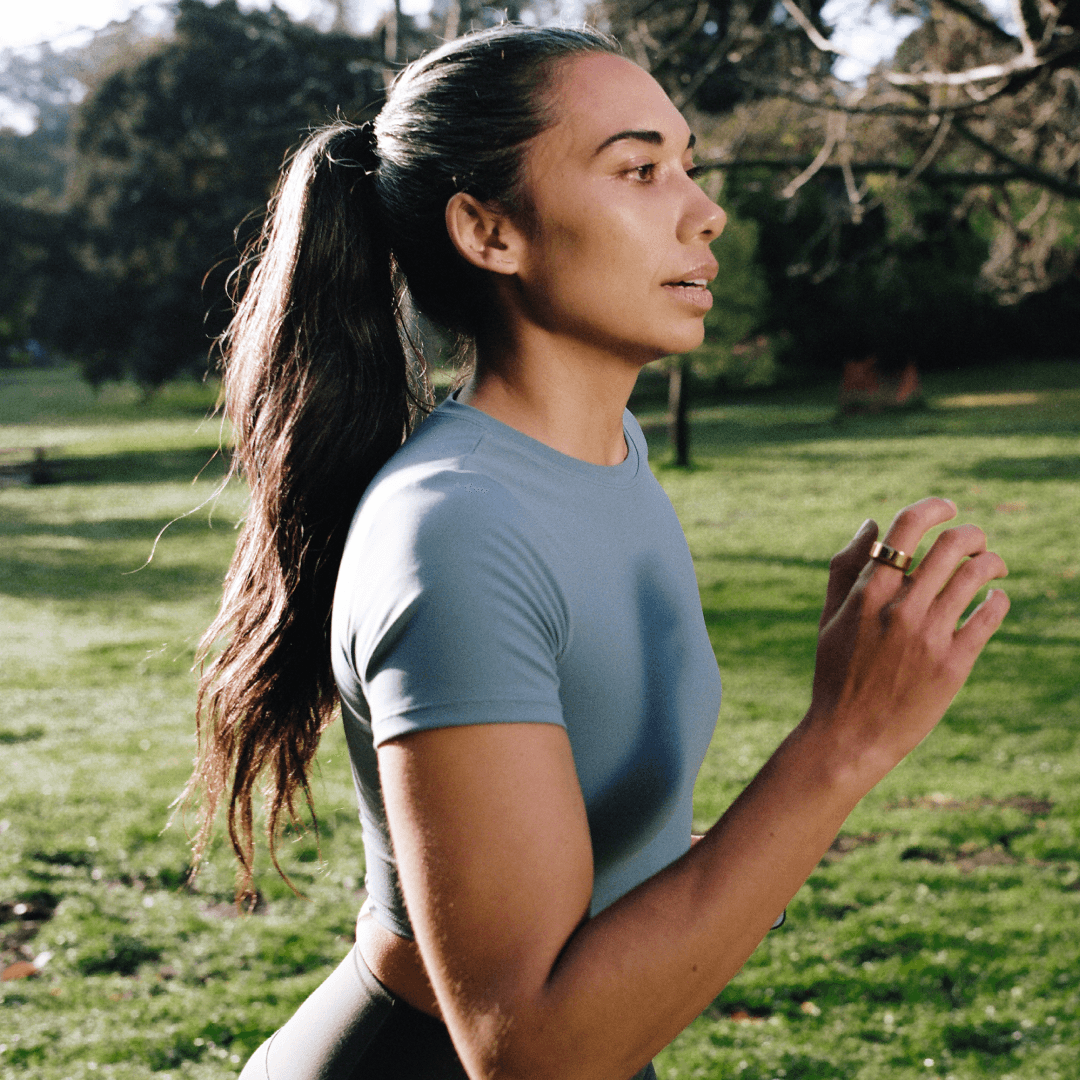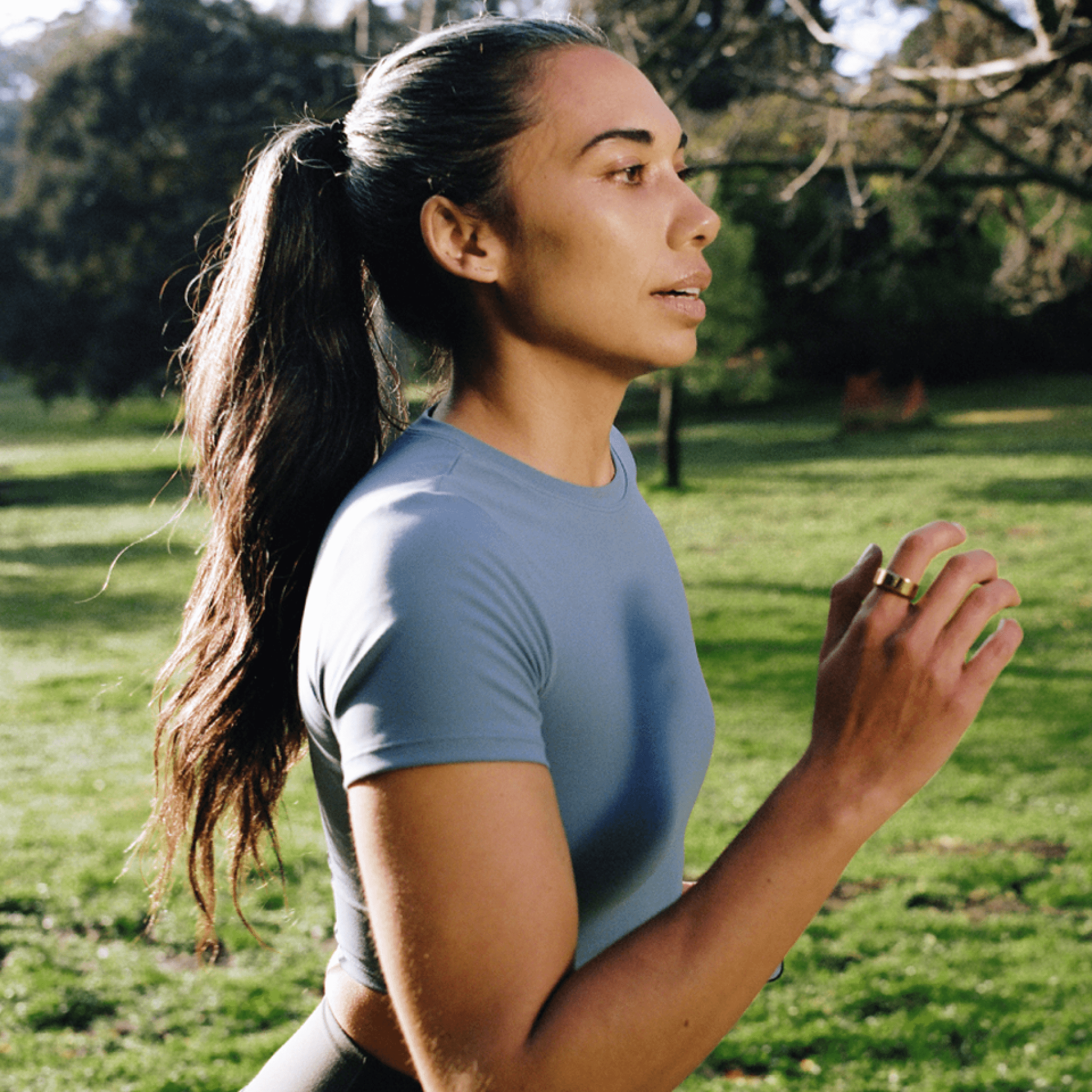View all articles
How Your Menstrual Cycle Impacts Biometrics (and Why It Matters for Your Training)
Apr 23, 2025
Written By
Meagan Kong
Reviewed By
Jenna Link PhD

Related posts

Adam Gray-Hayward | Apr 11, 2025
How to Best Size Your AlterMe Ring: Comfort, Accuracy, and Long-Term Fit
Getting the correct AlterMe Ring size matters for both comfort and data accuracy. Learn exactly how to size it, why it’s different from standard rings, and how to get the best long-term fit for your health insights.

Adam Gray-Hayward | Jun 20, 2025
How to Work Out Safely and Effectively in the Summer Heat
Training in the summer heat requires more than grit—it demands strategy. Learn how to adjust your workouts, hydration, and recovery for high performance and safety in rising temperatures.

Zach Laursen | Jun 10, 2025
Your First Week with AlterMe: Setup, Tips, and What to Expect
Your first week with AlterMe sets the stage for your transformation. Learn how to unbox and set up your AlterMe Ring, wear it correctly, connect the app, and start building smart habits with accurate data from day one.
You Deserve to Feel Amazing.
AlterMe is your personalized path to real, lasting change—no guesswork, no extremes. Just science-backed results that fit your life. AlterMe is more than a plan—it’s your guide to lasting results. Start your transformation today and see what’s possible.